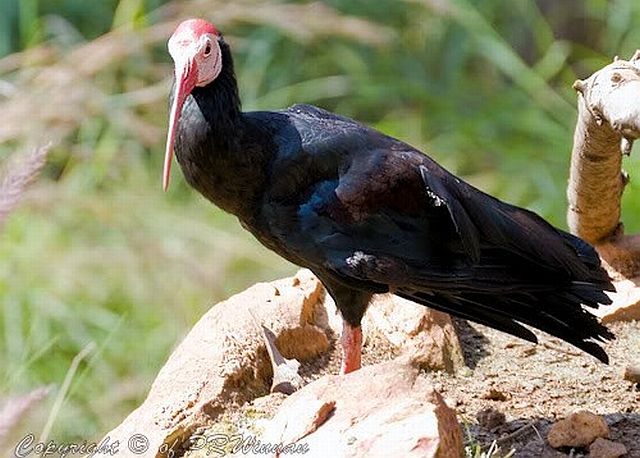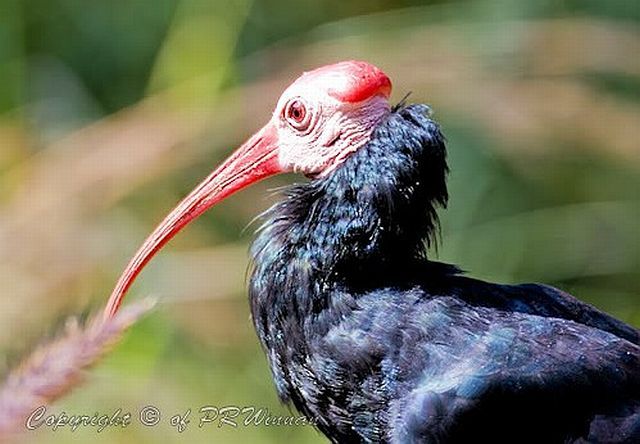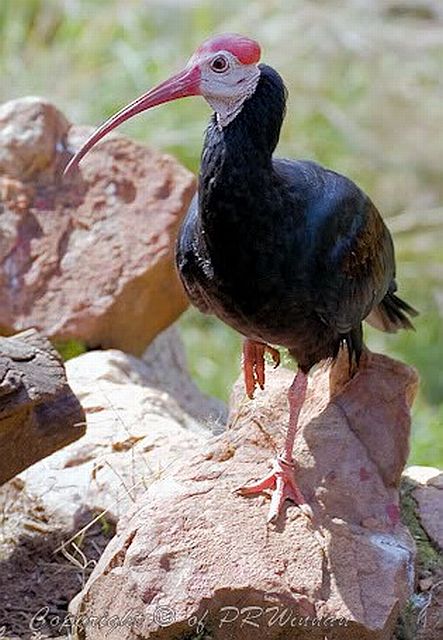Order: Ciconiiformes. Family: Ciconiidae
Description
150 cm high. Iridescent black head, neck, back, wings, and tail. White body and primaries. Red bill. Very large. Black band. Yellow frontal shield (the 'saddle'). Black legs and feet. Pink 'knees'.
Sexes similar. The male is larger and heavier than the female. Female has a yellow iris. Male iris is brown, small yellow wattles at base of bill.
Juvenile: Shortly after fledging, head and neck covered with thick, woolly, snuff-coloured down. When fully feathered, upper parts largely grey-brown where ad black; head and neck paler than wings, centre of back blotched brown. Wings dark brown. Bill, incl saddle, black or dark brown, with hint of red at tip; remains this colour for at least 6 month. Bare skin around eyes brown. Legs and feet greenish.
Distribution
It occurs across sub-Saharan Africa, largely excluding the West African coast. In southern Africa, it is uncommon in northern and eastern Botswana, northern Namibia (including the Caprivi Strip), Zimbabwe, eastern South Africa and Mozambique.
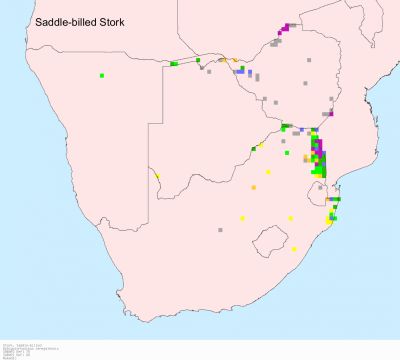
Habitat
Large river systems, lake margins and wetlands.
Diet
Mainly fish, also frogs, reptiles, small mammals, birds, crustaceans and aquatic insects. It forages in shallow water, standing still and taking animals that come within striking distance, or wades through water stabbing prey.
Breeding
Monogamous, strongly territorial solitary nester. The nest is built by both sexes, consisting of a large platform of sticks and earth, with a central cup lined with grass or reeds. It is typically placed on top of a tall or low tree in a swamp, occasionally using the nest of a raptor. Egg-laying season is almost year-round, peaking from August-March. It lays 2-4 eggs, which are incubated by both sexes for about 30-35 days. The chicks are brooded by both parents for up to 10 days, and leave the nest at approximately 70-100 days old. They are fed by both adults, who also regurgitate water for them to drink.
Call
Silent.
Status
Generally uncommon, locally common in northern KwaZulu-Natal, listed as Near-threatened in southern Africa.



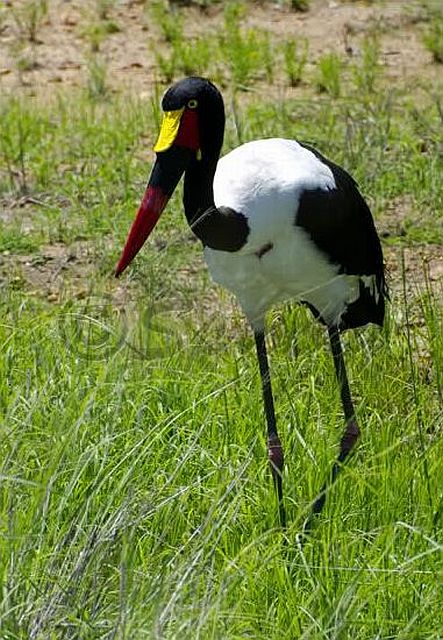
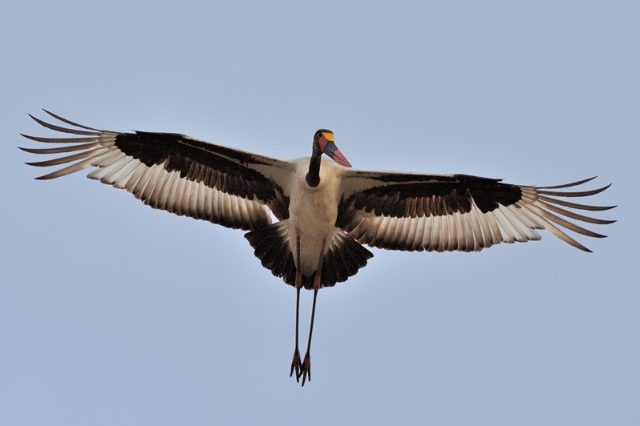 © Dewi
© Dewi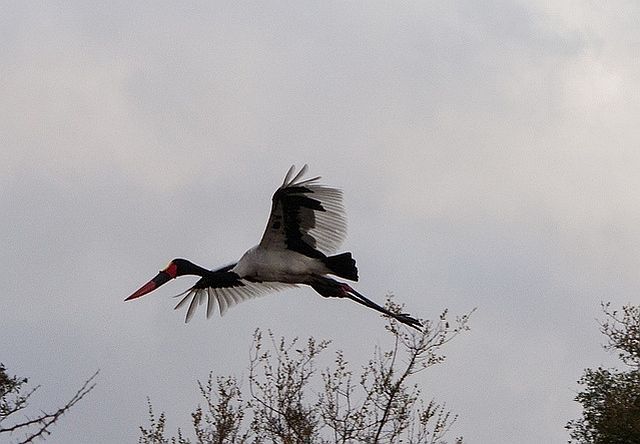 © steamtrainfan
© steamtrainfan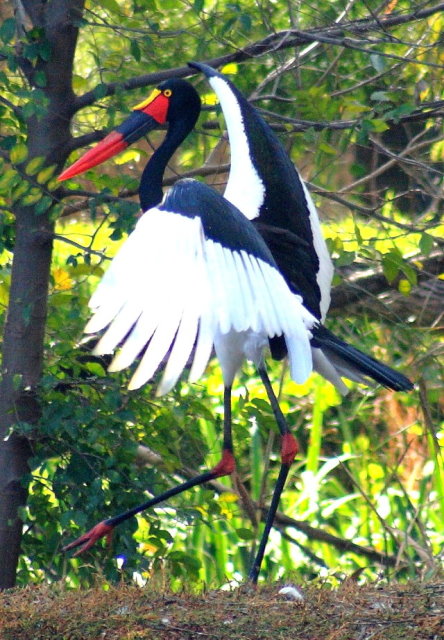 © Flutterby
© Flutterby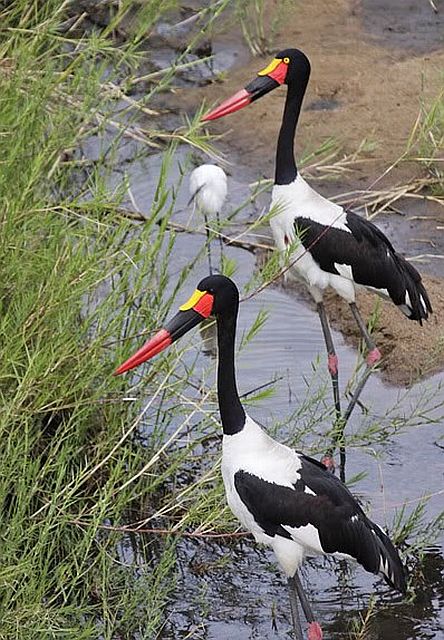 © leachy
© leachy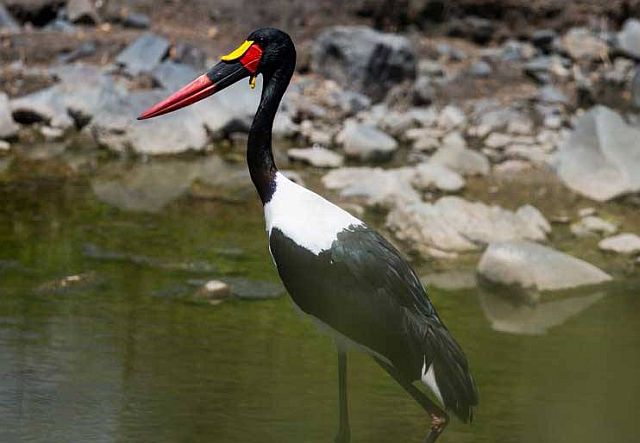 © Pumbaa
© Pumbaa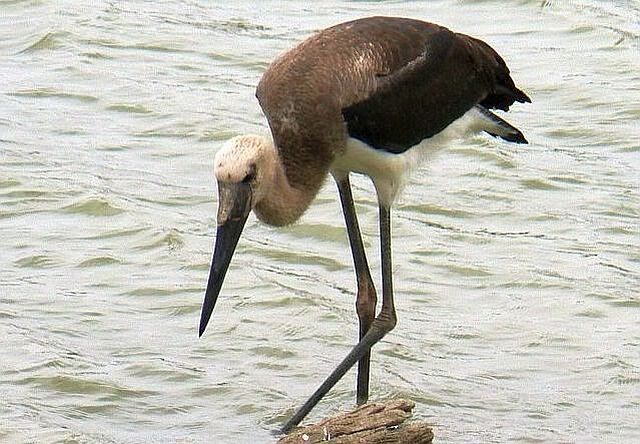 © Toko
© Toko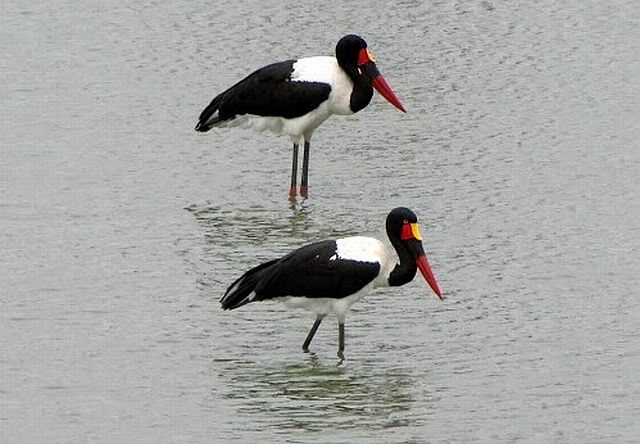 © Lisbeth
© Lisbeth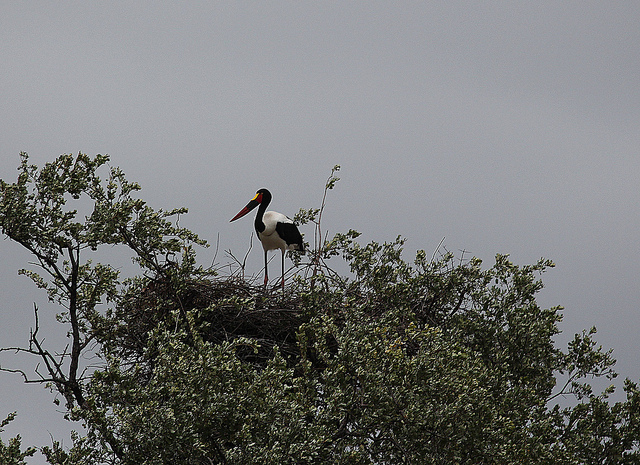 © Moggiedog
© Moggiedog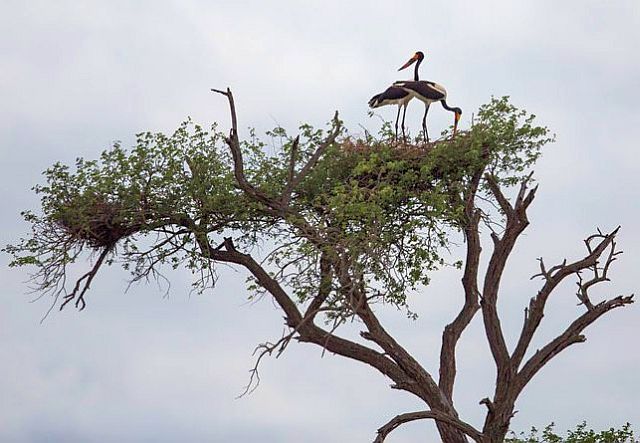 © Pumbaa
© Pumbaa © Supernova
© Supernova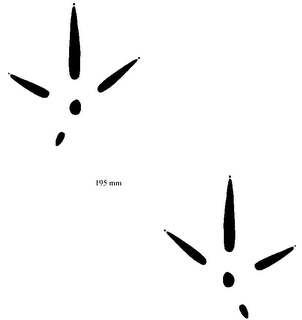
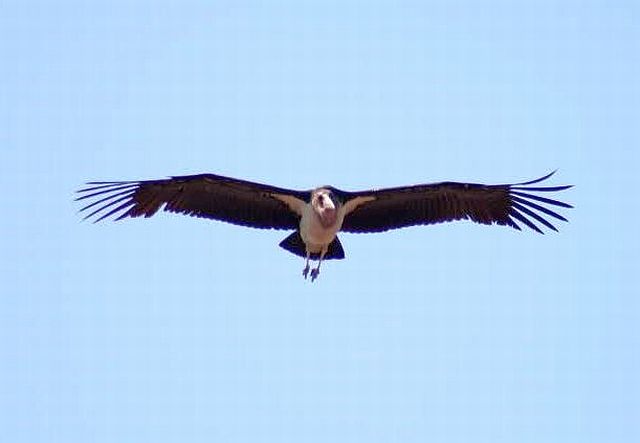 © Flutterby
© Flutterby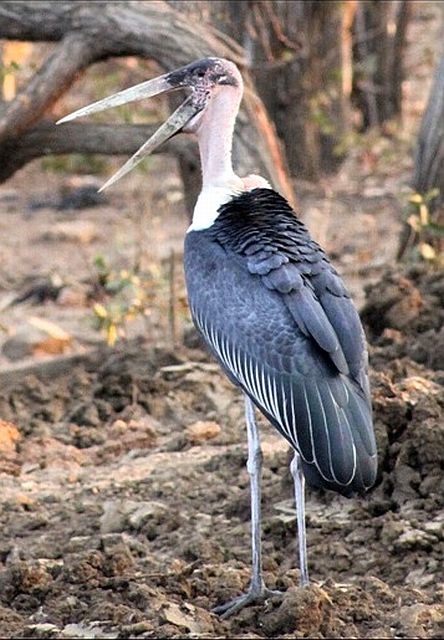 © Amoli
© Amoli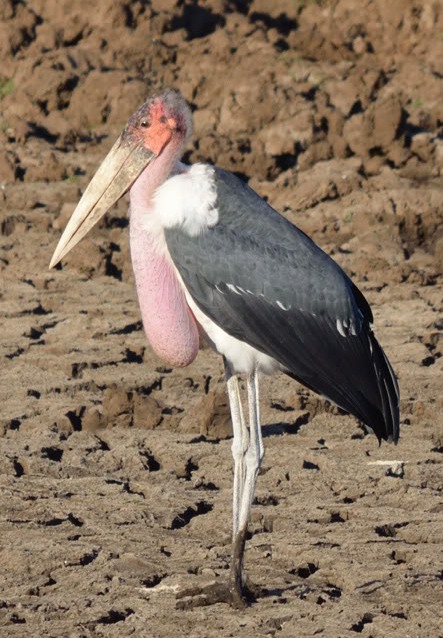 © BluTuna
© BluTuna © Flutterby
© Flutterby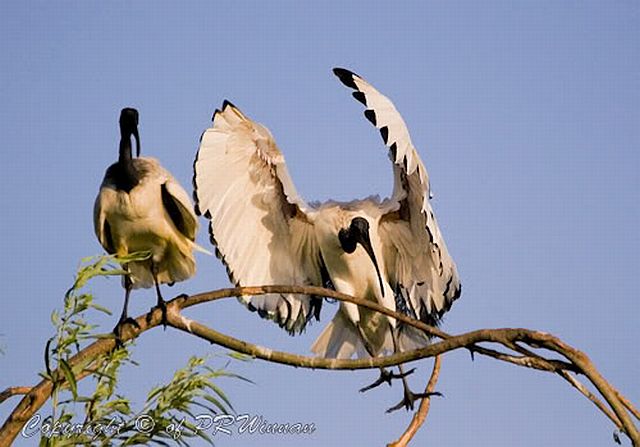
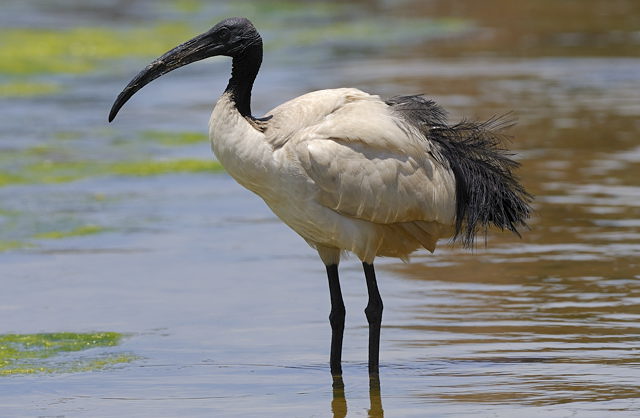 © Dewi
© Dewi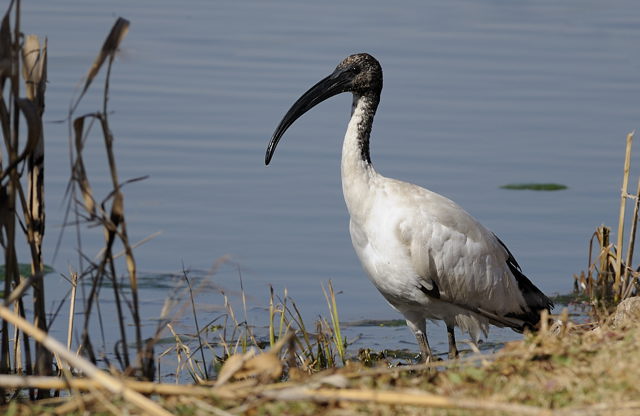 © Dewi
© Dewi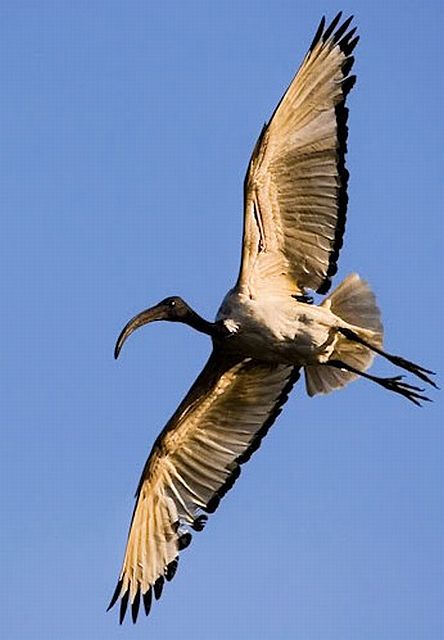
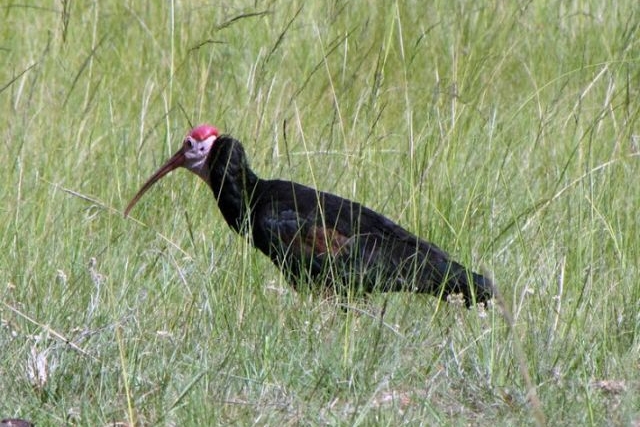 © Lisbeth
© Lisbeth